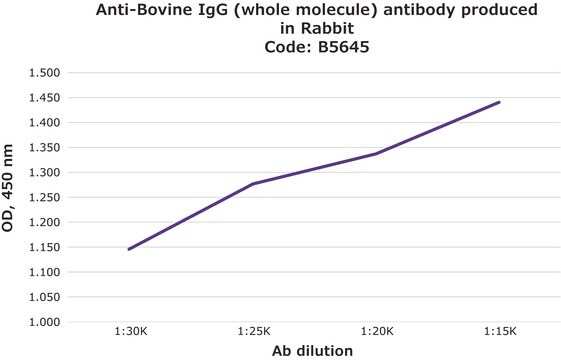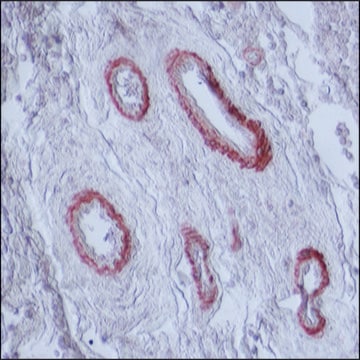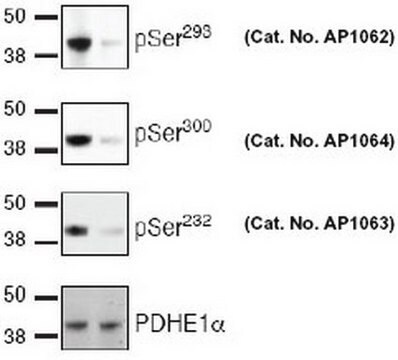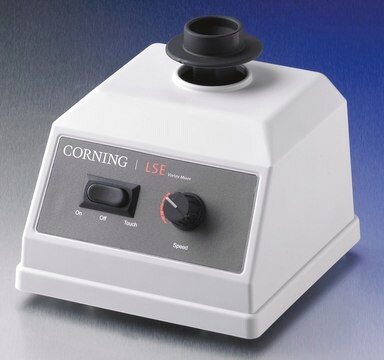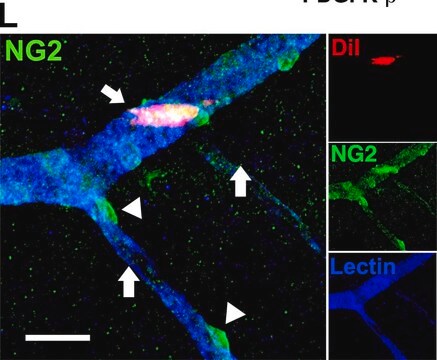MABE960
Anti-Fox1 Antibody, clone A2BP1
clone A2BP1, from rat
Synonym(s):
RNA binding protein fox-1 homolog 1, Ataxin-2-binding protein 1, Fox-1 homolog A, Hexaribonucleotide-binding protein 1
About This Item
Recommended Products
biological source
rat
Quality Level
antibody form
purified immunoglobulin
antibody product type
primary antibodies
clone
A2BP1, monoclonal
species reactivity
mouse, human
technique(s)
immunocytochemistry: suitable
immunofluorescence: suitable
immunohistochemistry (formalin-fixed, paraffin-embedded sections): suitable
isotype
IgG2aκ
NCBI accession no.
UniProt accession no.
shipped in
ambient
target post-translational modification
unmodified
Gene Information
human ... RBFOX1(54715)
mouse ... Rbfox3(52897)
General description
Specificity
Immunogen
Application
Immunocytochemistry Analysis: A representative lot immunostained exclusively differentiated neurons, but not neural stem cells, neuronal progenitors, astrocytes, or oligodendrocytes derived from p53-/-Pten+/- murine premalignant neural/progenitor stem cells (M-NSCs) cultured under various differentiation conditions (Hu, J., et al. (2013). Proc. Natl. Acad. Sci. U.S.A. 110(36):14520-14527).
Immunofluorescence Analysis: A representative lot immunostained postmitotic terminally differentiated neurons in brain sections from 2-week old postnatal mice (Hu, J., et al. (2013). Proc. Natl. Acad. Sci. U.S.A. 110(36):14520-14527).
Immunohistochemistry Analysis: A representative lot detected downregulated Fox1 immunoreactivity in more than 90% of human GBM tissue samples when compared with normal human brain tissues (Hu, J., et al. (2013). Proc. Natl. Acad. Sci. U.S.A. 110(36):14520-14527).
Epigenetics & Nuclear Function
Quality
Immunohistochemistry Analysis: A 1:50 dilution of this antibody detected Fox1 in human cerebellum tissue section.
Target description
Physical form
Storage and Stability
Other Notes
Disclaimer
Not finding the right product?
Try our Product Selector Tool.
Storage Class Code
12 - Non Combustible Liquids
WGK
WGK 1
Certificates of Analysis (COA)
Search for Certificates of Analysis (COA) by entering the products Lot/Batch Number. Lot and Batch Numbers can be found on a product’s label following the words ‘Lot’ or ‘Batch’.
Already Own This Product?
Find documentation for the products that you have recently purchased in the Document Library.
Our team of scientists has experience in all areas of research including Life Science, Material Science, Chemical Synthesis, Chromatography, Analytical and many others.
Contact Technical Service